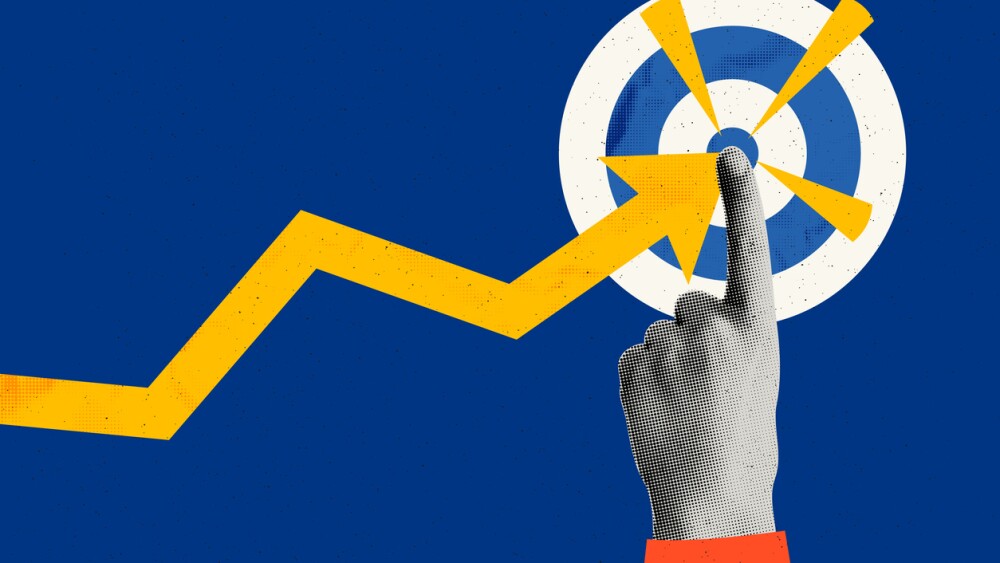Sage Therapeutics discontinued development of its lead candidate dalzanemdor after a third clinical failure, leading analysts to question the biotech’s future profitability.
With its stock already in freefall, Sage Therapeutics took another hit last week, announcing that its lead therapeutic asset failed a highly anticipated readout in Huntington’s disease. With this third consecutive mid-stage miss, the Cambridge, Mass.–based biotech will discontinue development of dalzanemdor, leaving it with a scant clinical pipeline, and soon, just one commercial product.
Sage’s shares have lost more than 90% of their value over the past year and a half, according to BioPharma Dive. The company’s troubles began in August 2023 when it—along with partner Biogen—won FDA approval for Zurzuvae in postpartum depression (PPD) but failed to secure the regulator’s nod for the much larger major depressive disorder indication. Sage said in its Q3 2024 report that it would no longer pursue approval of Zurzuvae in MDD.
Dalzanemdor’s failure in the Phase II DIMENSION trial for Huntington’s adds more insult to injury for the already embattled company, following two other mid-stage flops for the candidate in Parkinson’s and Alzheimer’s. Both programs were previously discontinued.
Despite the final blow for dalzanemdor, Sage’s shares fell just 3% in premarket trading on Nov. 20, and the market reaction was decidedly “meh.”
This could be a reflection of low expectations for the DIMENSION trial. Stifel analyst Paul Matteis wrote in a Nov. 20 investor note that “expectations were low coming into this study” against the backdrop of dalzanemdor’s previous failures. Notably, the candidate did meet the primary endpoint in the Phase II SURVEYOR trial for Huntington’s, Sage reported in June. Analysts were unimpressed, however, with William Blair calling the results “underwhelming.”
RBC Capital Markets analyst Brian Abrahams similarly wrote in a Nov. 20 note to clients that his team believed the Huntington’s trial was “very likely to fail,” Biopharma Dive reported.
With the demise of its lead asset, the remainder of Sage’s pipeline is relatively slim. SAGE-319, being developed for social interaction disorders, is in Phase I, while two other programs are in preclinical development.
The pipeline took another hit in July 2024 when its Biogen-partnered neuroactive steroid SAGE-324/BIIB124 failed to meet the primary endpoint in a Phase II essential tremor study. The candidate has been discontinued in this indication and the partners are “evaluating next steps, if any, for other potential indications,” according to Sage’s website.
Bank of America Securities analyst Tazeen Ahmad said Nov. 21 that he believes considerable clinical validation is necessary before assigning these assets additional value, according to Markets Insider.
Future Prospects
On its Q3 investor call on Oct. 29, Sage emphasized two main catalysts: strong revenue for Zurzuvae and the upcoming Huntington’s readout for dalzanemdor. With the latter now off the table, the company is largely banking on the former, which the biotech reported brought in $11 million in third-quarter revenue, up 49% from Q2.
Sage has implemented a couple of significant strategic reorganizations aimed at facilitating the launch of Zurzuvae. Following the August 2023 MDD rejection, the company laid off 40% of its workforce in order to “right-size” the organization and enable commercial hires for the drug’s launch in PPD. Then on Oct. 17—a week after dalzanemdor’s Alzheimer’s flop—Sage announced it would part ways with another 165 employees, or about 33% of its workforce, including five members of its leadership team. The company also announced on its Q3 call that it would discontinue Zulresso, an older PPD drug, as part of a strategic shift to more fully focus on the commercialization of Zurzuvae.
Along these lines, Matteis struck a positive note, saying that the discontinuation of dalzanemdor “does likely free up some additional capital” for the company.
Certainly, with $569 million in cash, cash equivalents and marketable securities as of September 30 and the cost savings from two major layoff rounds and the termination of dalzanemdor, Sage doesn’t appear to be in immediate financial danger. However, there is no question that the company had been pinning at least some of its hopes on the DIMENSION trial, emphasizing on the Q3 call the drug’s potential in Huntington’s. The latest clinical blow to dalzanemdor thus leaves investors wondering about the company’s future profitability.
In a Nov. 20 note, Truist Securities analysts said the Zurzuvae launch is “going well” in PPD. “However, expenses are high with quarterly cash burn of ~$80M,” they wrote. “And while the recently announced restructuring should bring down costs, [the] path to profitability remains unclear.”
Abrahams too said that Sage “will likely face a long and uncertain road to achieve future profitability even with likely very significant cost cutting measures.”
Matteis put it even more bluntly in his note. “As the Zurzuvae launch continues to chug along, the question of ‘what’s next’ becomes very salient for SAGE.”







